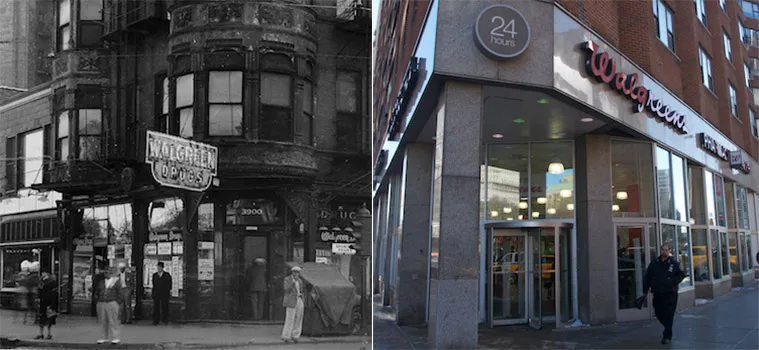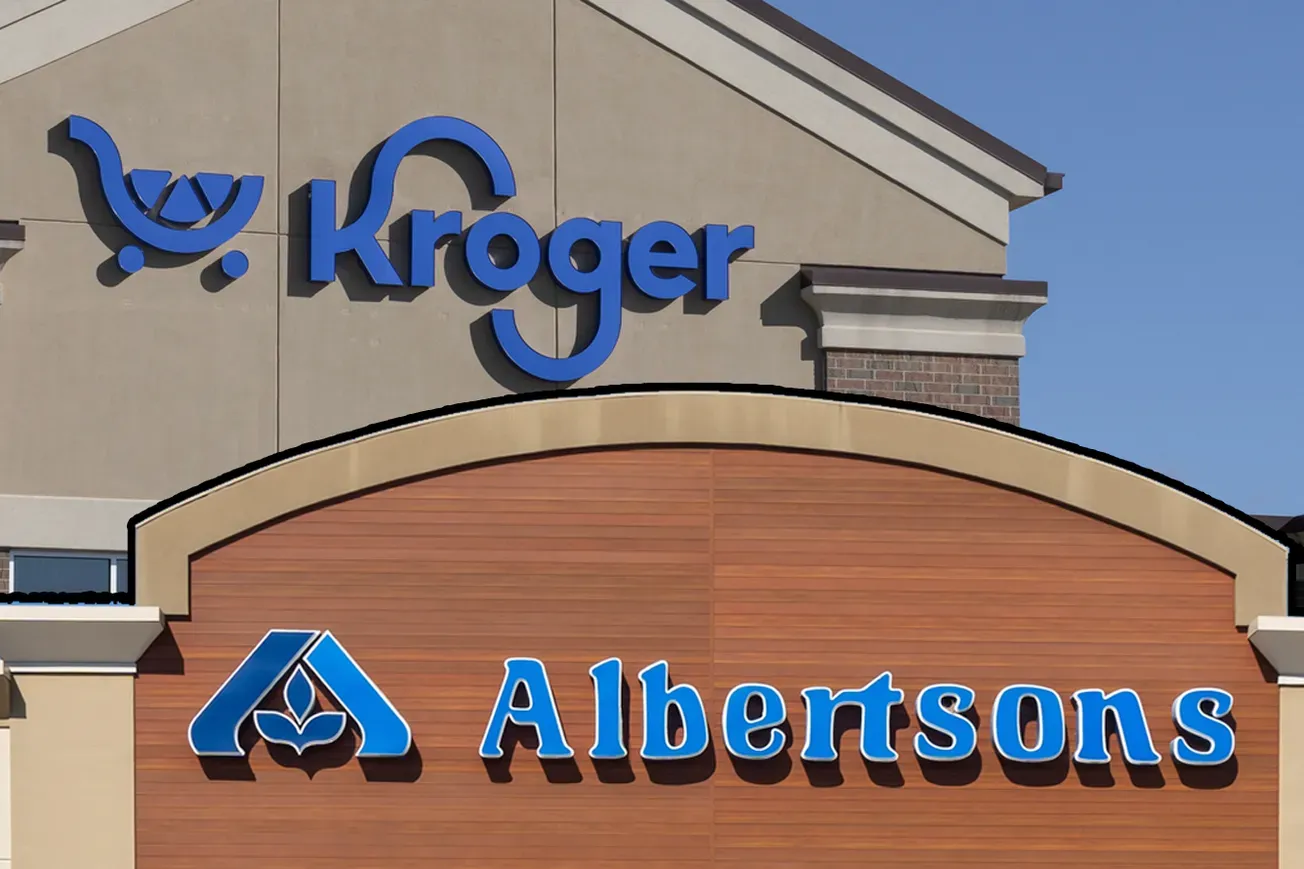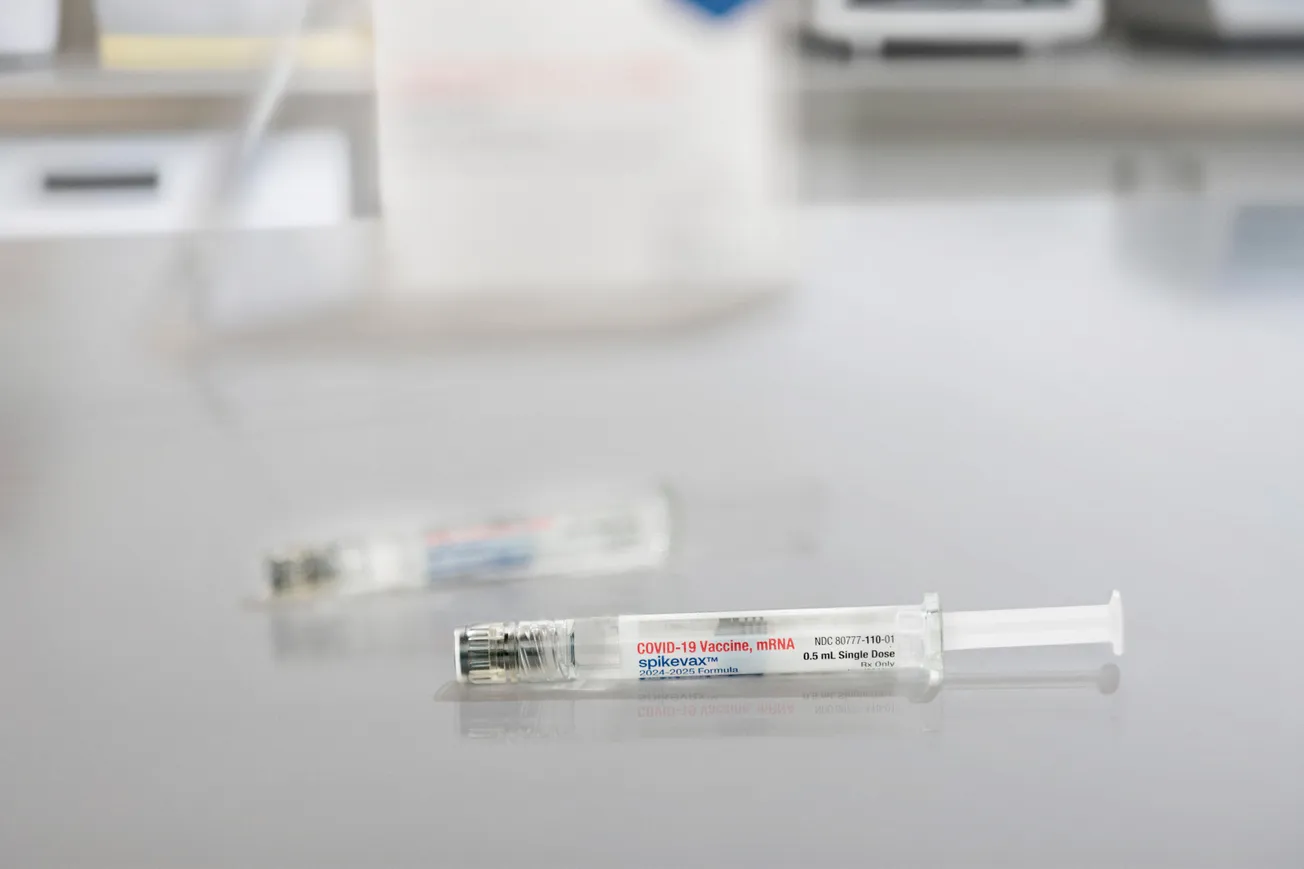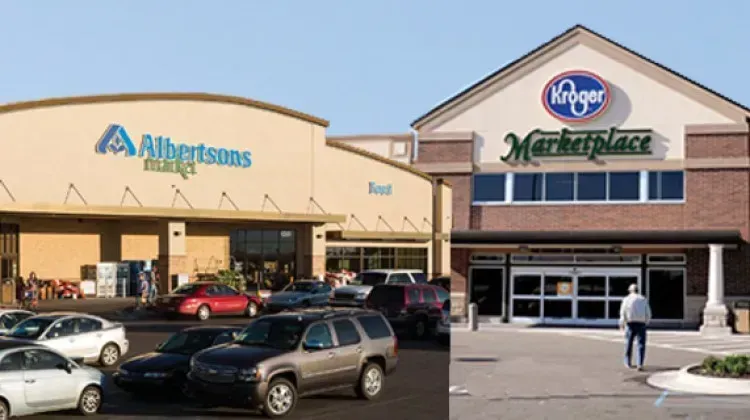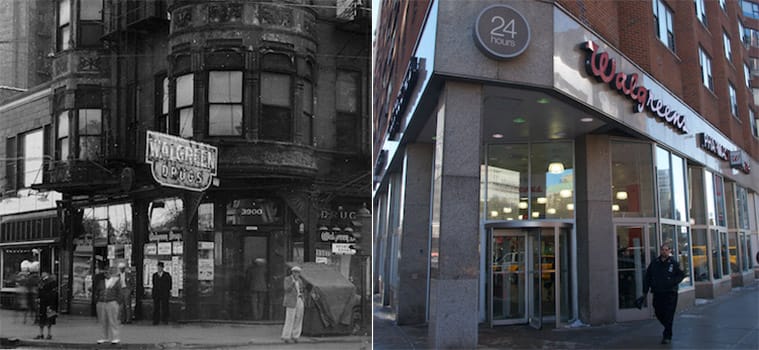
In an era when brand image all too often oversells what it is supposed to represent, Walgreens finds itself in the enviable position of updating its identity to better reflect its very real merits and the combination of continuity and change that characterizes the drug chain.
The first public step in the process occurred early this month, when a 30-second television spot setting up the new Walgreens brand positioning appeared on network Sunday morning news shows.
Building on the chain’s 116-year-old heritage — the new tagline is “Walgreens. Trusted since 1901” — the multifaceted project is designed to highlight a legacy of care and the ways in which it is being modernized to meet the needs of 21st-century consumers.
“When we look at where we’re taking the brand, we’re actually positioning it closer to how the consumer perceives Walgreens,” says senior vice president and chief marketing officer Adam Holyk, whose team utilized qualitative and quantitative consumer research, including numerous focus groups and data from the chain’s 90-million-member Balance Rewards loyalty program, together with a deep dive into Walgreens’ history, in developing the campaign. “We used all those sources to learn from the consumer and discovered what she loves about Walgreens when we’ve been at our best, and coincidentally it is consistent with the transformation that’s now under way.”
Three defining elements repeatedly emerged with the Walgreens brand, according to Holyk.
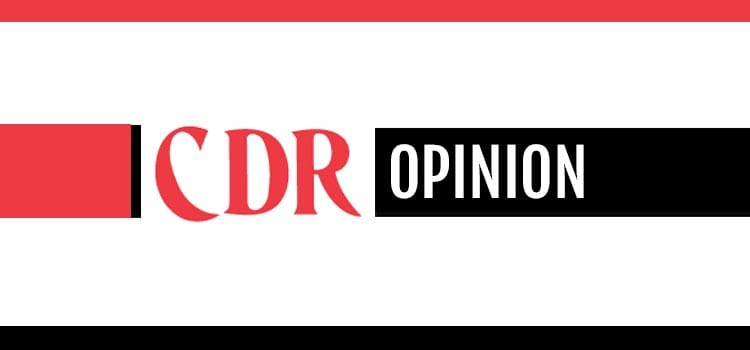
“One is around being a trusted expert, which goes all the way back to 1901, when our first store opened, and being pharmacist-led,” he explains. “And of course, that continues today. The second key component is this idea of care, and care, consumers told us, could be expressed very broadly in small and big ways. It could be just a friendly smile, or it could be reflected in these extraordinary stories we hear about our 27,000 pharmacists and other team members when they go over and above.
“Third, this idea of being easily accessible, and continuously evolving in an innovative, modern way. We’re there in local communities with 8,100 drug stores across the country. But it’s also this idea of being the first to expand into drive-throughs or having the most 24-hour pharmacies. More recently, we just passed a milestone and now have had 50 million downloads of our digital app, which is five-star rated in both the Apple and the Android store by over 300,000 customers.”
The people who interact with consumers on a daily basis and make Walgreens what it is will feature prominently in the brand repositioning. An ongoing series of video vignettes available on digital media highlight the work of employees.
“They tell stories of our team members caring for patients and customers, they tell stories of how our team members help in local communities, and they tell stories about how our team members help each other,” says Holyk. “We think these are fantastic examples of how our brand is just as relevant today as it always has been.
“It’s an external relaunch, but we’re also using this as an opportunity for an internal relaunch as well. These are actual stories of care by our team members, which we believe are Walgreens’ most important asset, and they bring everything we’re trying to do to life by caring for people.”
By closely linking the brand repositioning campaign (which will touch every aspect of the drug chain’s communications, from television, radio and print ads, including the weekly circular, to digital platforms and in-store marketing) and the daily experience that customers have in the stores and online, Walgreens is putting the spotlight on changes that have already occurred.
In recent months, specialized pharmacies targeting such disease states as oncology, hepatitis and HIV/AIDS have opened, trained beauty consultants have been added to some 3,000 stores, the rollout FedEx package pickup and drop-off services across the chain has started, and the merchandise mix at 1,500 outlets has been simplified to enhance the shopping experience. More important, the drug chain is signaling its intent to make further progress in meeting the evolving needs of consumers.
“The way that we’ve thought about this work is that this is more than us relaunching the brand from a marketing campaign or marketing communications perspective,” says Holyk. “Ultimately, our intent is that this is apparent in the products that we sell, the services that we offer and how our team members engage with patients and customers. If we are able to deliver on those things, this will come to life in our marketing. Seen from that perspective, we view all of our assets and investments as supporting this new communications platform.”

